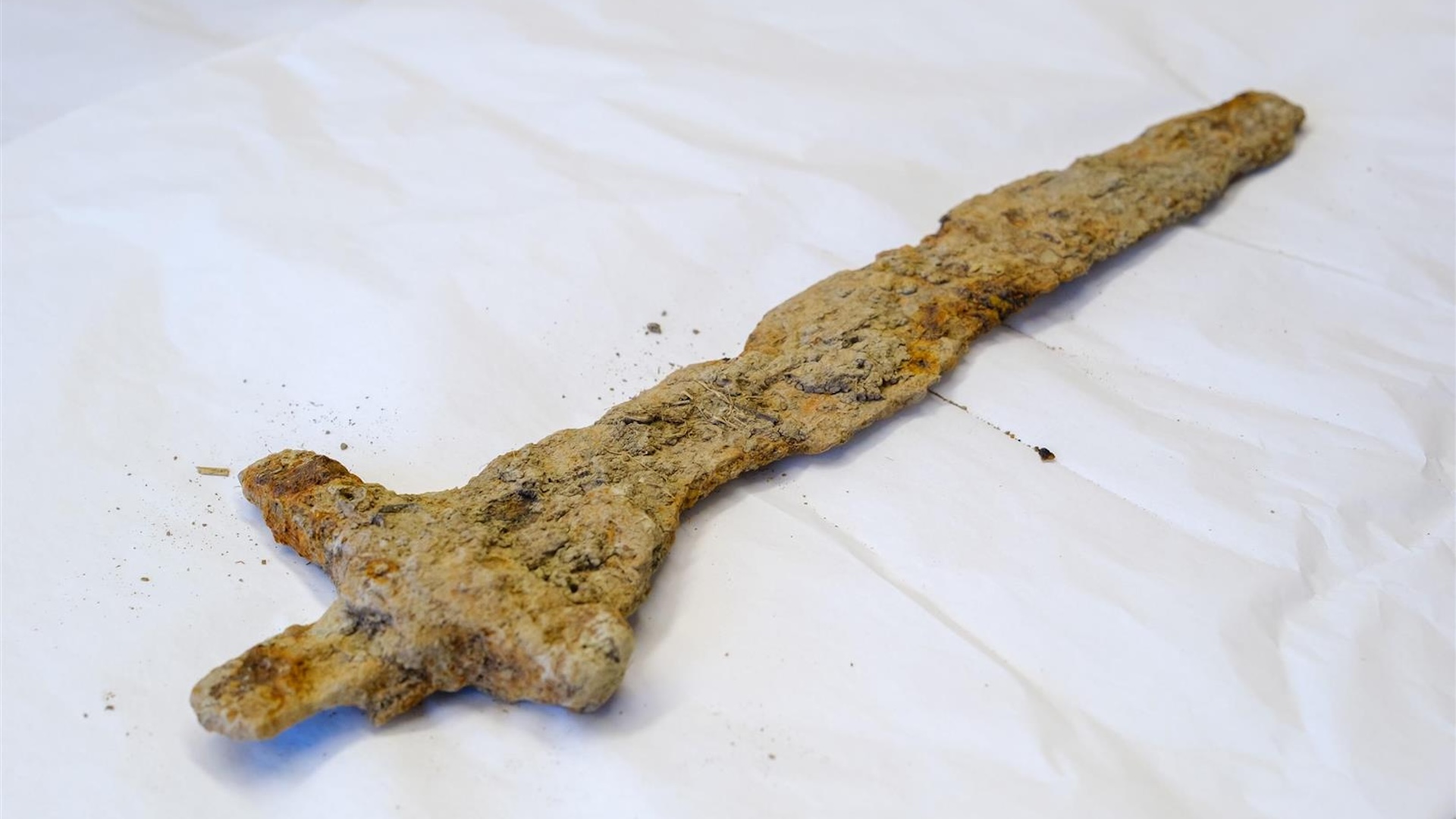
While clearing a field on his farm, a Norwegian man discovered a rare Viking Age sword that's thought to be 1,000 years old.
"We were about to start sowing grass on a field that has not been plowed for many years," Øyvind Tveitane Lovra, who found the weapon, said in a translated statement.
When a piece of old iron turned up, he was about to throw it away. But a closer inspection revealed that it was most of a centuries-old sword, so he contacted archaeologists with the local government, as Norwegian law requires.
"I quickly realized that this was not an everyday find," said Lovra, who is a part-time farmer, ferry engineer and local politician in the Suldal municipality of Norway's southwest Rogaland county. "It's about our history, and it's nice to know what has been here before."
Rogaland government archaeologists recovered the artifact from his farm last week and have now confirmed that it is the remains of an iron sword from the Viking Age (A.D. 793 to 1066).
Related: 1,100-year-old Viking sword pulled from UK river by magnet fisher
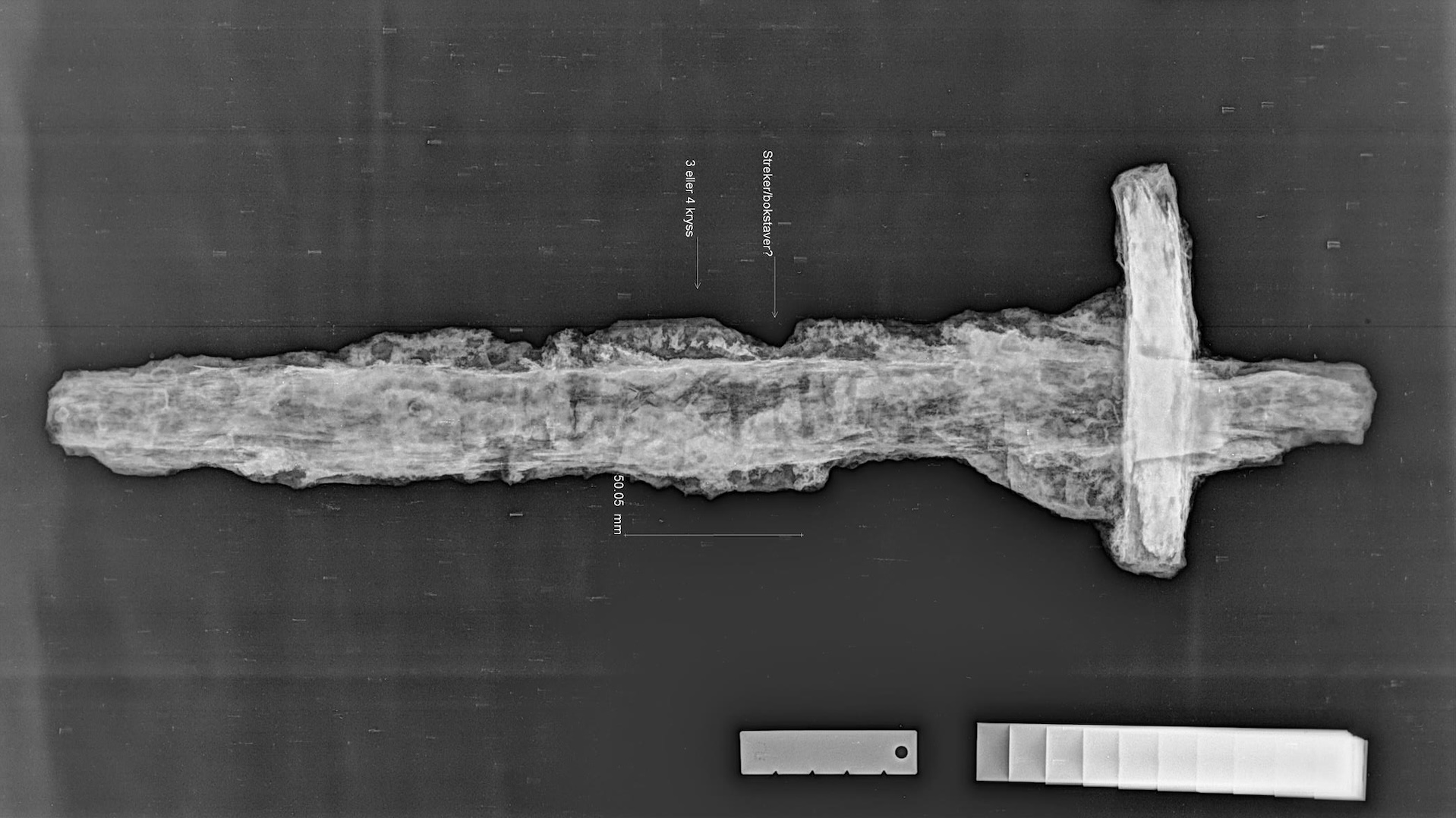
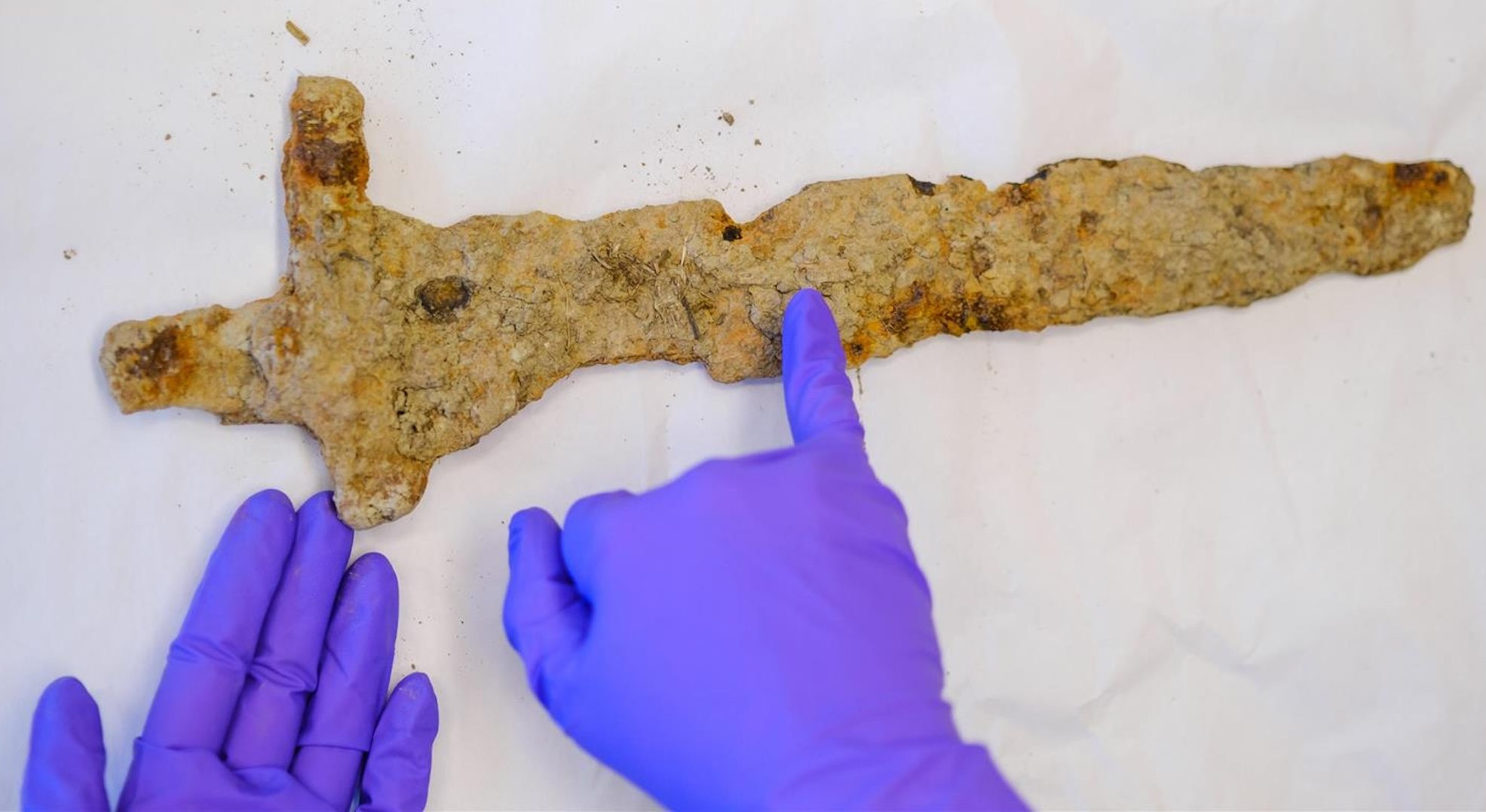
Notably, the sword seems to be of the rare type of Frankish origin known as Ulfberht swords, which are distinguished by inscriptions inlaid along their blades.
"This is very rare," said Rogaland archaeologist Lars Søgaard Sørensen. "The sword was the greatest status symbol in the Viking Age, and it was a privilege to be allowed to wear a sword."
Ancient sword
The remnant of the sword is about 14.5 inches (37 centimeters) long and consists of the handle, the cross guard and part of the blade. The rest of the blade is missing — about half its length — but archaeologists consider it surprisingly well preserved for Rogaland, where the soil generally has poorer conditions for preservation than other parts of Norway.
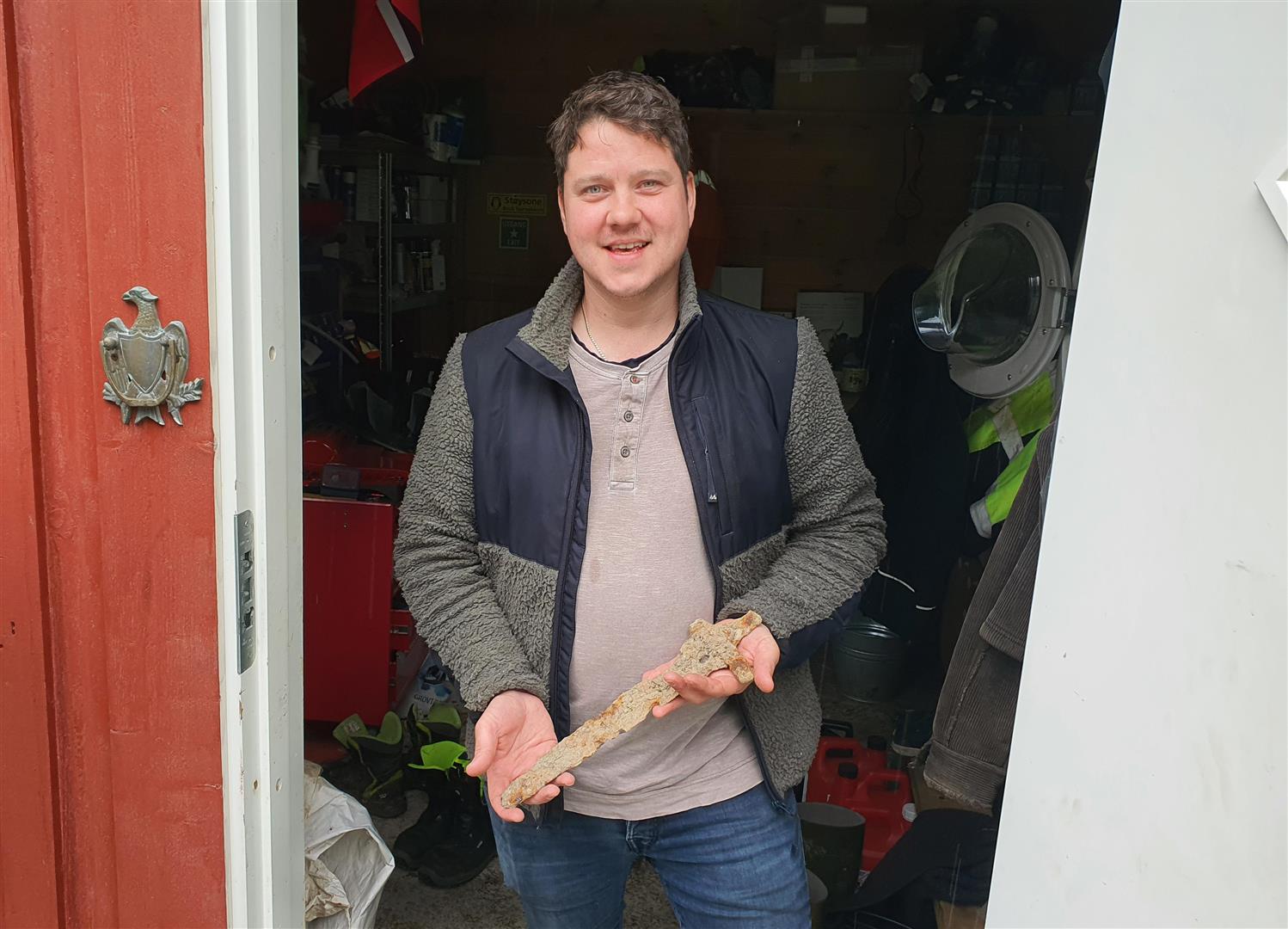
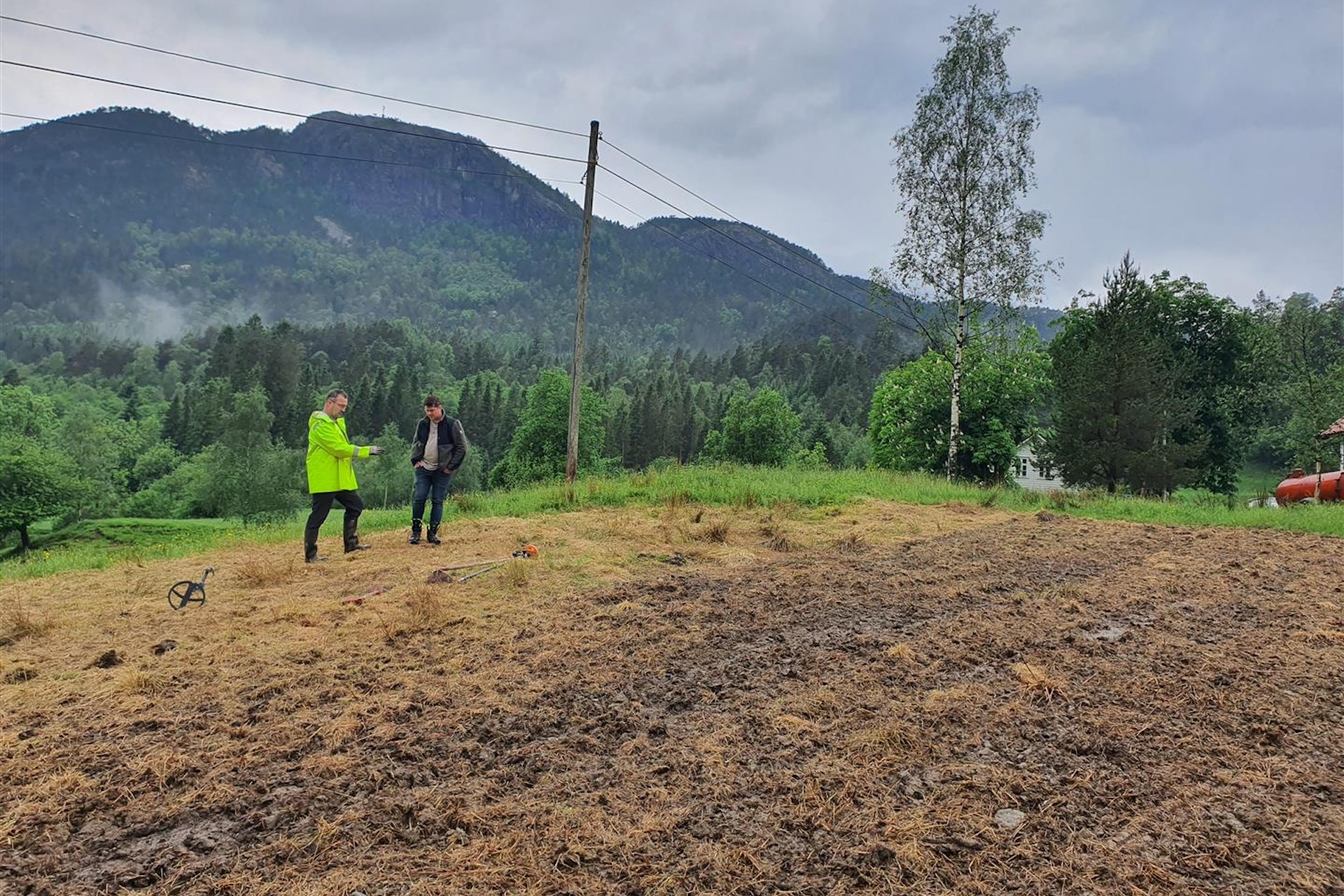

Sørensen said the sword seems to have been embedded in dense clay, which prevented the iron remains from being exposed to more oxygen and rusting away.
When the archaeologists X-rayed the sword in an attempt to find out more about it, the scans revealed the contours of an inscription on the blade.
"This means that it could be a so-called VLFBERHT [Ulfberht] sword from the Viking Age or the Early Middle Ages," Sigmund Oehrl, a professor of archaeology at the University of Stavanger, said in the statement. "These are high-quality swords produced in the Frankish Empire [now Germany and France] that are marked with the weapon manufacturer's name."
He noted that up to 4,000 swords from the Viking Age have been found throughout Europe, but only about 170 — 45 from Norway — have Ulfberht inscriptions.
"We are not aware of similar swords being found in Rogaland before," he said.
Local lore
The archaeologists estimate that the sword was made between 900 and 1050, which corresponds to the late Viking Age — roughly from 800 to 1066.
Lovra thinks the sword arrived at the farm, which bears the family name, with Vikings bringing gifts — an event described in local folklore.
"I know that the Vikings sailed into the fjord and decorated the lady of the house at Lovra with nice things, including from Ireland," he said in the statement.







